Desktop audio has become a very popular category during the pandemic for rather obvious reasons; tens of millions of office workers transitioned to remote work and it would appear that not everyone is making the return trip even with restrictions lifting in most parts of the world. One of the benefits of working from home is that you don’t have the same restrictions when it comes to music on your desktop; unless you share a home office or in-laws sleep in the next room.
iFi Audio has been delivering some rather interesting products and solutions in the portable audio category for a decade and they are considered to be a major player at this point; their portable headphone amplifiers and accessories are particularly good products that deliver a lot of performance for the money.
The pandemic presented them with an opportunity in regard to affordable, high-performance desktop DACs and headphone amplifiers.
Real estate on a desktop isn’t always plentiful and iFi has made a point of delivering components that are compact, and stackable.
The iFi Signature Series products have retained the design style of the first generation components but the internal components are of higher quality and there is greater functionality — all of this comes with a higher price tag.
Not content with those changes, iFi began tweaking the ZEN CAN Headphone Amplifier for 3 very specific headphones; the Meze Audio 99 Classics, HiFiMAN HE400 Series, and Sennheiser HD600 Series.
All of those revisions were released as part of the iFi Signature Series as well. The final step was to put the ZEN DAC Signature V2, headphone amplifier, and the interconnects needed together in a nicely packaged kit that is about the size of a shoe box — packaging definitely matters and if I saw this in an Apple retail store, I would be tempted to take a look.
The $599 package is cheaper than buying everything separately which makes it even more attractive.
Under review this week are the iFi ZEN CAN Signature HFM & ZEN DAC Signature V2 which are custom tuned to work with the HiFiMAN HE400 Series; they do work rather well with other HiFiMAN headphones as well.
The “HFM” designation should not dissuade you from considering the package with other headphones — we’ll get to that later on in the review.
Unboxed & Quirky


Don’t let all of the boxes scare you. The DAC packaging only contains the unit itself, a wall-wart power supply, a single RCA interconnect cable, and a short USB Type-A to Type-B (3.0) cable for connection to a desktop computer or laptop.
The amplifier comes with just the unit and a power supply, and nestled between those two boxes is a third smaller box with a single 4.4mm balanced interconnect cable.


One quirk reared its ugly head almost immediately — the package does not come preconfigured to work together out-of-the-box.
The ZEN DAC was set in variable pre-amplifier mode with its volume control enabled, and the amplifier defaulted to the RCA input with all of the HE400 settings turned off.
Fortunately, all of these are easy changes to make and the unit does remember how you set it up even after you turn it on/off.


The DAC needs to be set to “fixed” output by flipping a switch in the middle of the rear panel. To set the amplifier, the input needs to be switched to input #3 (4.4mm) using the second button from the left on the front panel. The “HFM” settings need to be engaged using the button on the far right of the front panel.
Quirky to say the least.
The Skinny
The Signature Series uses the same outer shell as the ZEN components but iFi have gone with a different color palette to differentiate them. The Signature range products feature a deep navy blue chassis with black faceplates; the new look has received universal praise from the Head-Fi community.
iFi went with a heavy aluminum for the shell and chassis and it does feel very well put together. I’ve heard some call the shape “odd” but I think it’s actually quite unique looking and both components stack nicely. Both components are 6.5″W x 4″D x 1.5″H and fit easily under most computer screens or something like an iMac.

The DAC has a single volume knob, and two headphone jacks on the front panel; the rear panel contains a single 4.4mm balanced output, variable/fixed output switch, a pair of single-ended outputs, USB Type-B input, and 5V DC jack.
Wait. No Coaxial or Toslink digital inputs? iFi made a mistake with that aspect of the design.
I’m puzzled by that because users might want to connect something other than just a computer to the ZEN DAC.
The iFi ZEN CAN Signature HFM is a lot more cluttered; there is a volume control, 3 buttons (power, input selection, and power match/gain), a 6.35mm single-ended headphone jack, 4.4mm balanced output jack, and a button for the HiFiMAN settings and XSpace.

The rear panel offers a 4.4mm input, 3.5mm input, a pair of single-ended RCA inputs, a 4.4mm output jack, and 5V DC jack.
The power and 4.4mm jacks line up on both units making it very easy to connect them with the supplied cable.
The Kishkas
Internally, the two units have less in common. The DAC starts out with an x216 micro-controller that handles the USB input and is programmed in-house at iFi to provide the input that the Burr-Brown Series DAC chip expects.

This is part of the secret sauce that allows iFi to make an MQA capable product with a central DAC that does not support MQA. The XMOS processor handles the MQA unfolding and passes it to the Burr-Brown DAC in the same PCM format as FLAC or other file types.
iFi have always been pretty tight lipped about which DAC chips they use but I think it’s safe to say the Signature Series is using a version of the PCM179x with DSD support. If I was forced to bet, I’d go with the 1794A although the 1796 is also a possibility.

The amplifier is a fully balanced and differential design that was originally part of the Pro Series models (iCan, iDSD). The result is a fully Class A discrete circuit that can output 15V/385mW (600 ohms).
That is a considerable amount of power and current available but without being able to deliver it cleanly, it really doesn’t matter much. For that reason, iFi uses FET inputs that prevent loading the volume control as is often seen in digital volume controls on inexpensive units.
The FET inputs help prevent distortion and noise often associated with loading the volume control.
The output buffers from the iFi Pro iCAN are used to keep the signal as clean as possible all the way through from input to output; four gain levels in +6dB steps ensure a perfect match to your headphone of choice. The Xspace function gives users the option of widening the soundstage and replaces the earlier 3D+ found on the xDSD and xCAN products.
HiFiMAN and Drop
What makes the iFi ZEN CAN Signature HFM different from the earlier ZEN amplifier is ActivEQ; enabling the HiFiMAN setting adjusts the output to best match the frequency response of the HE4xx headphone made by HiFiMAN in collaboration with Drop.
If we take a look at the Drop website, the HiFiMAN HE4xx model is the second most popular headphone on the site, with only the Sennheiser 6xx model ahead of it.
The HE4xx is a member of the HE400 family, so most of the HiFiMAN HE400 Series models work well with the tuning tweaks. It boosts the sub-bass mildly and gives the HE4xx more impact in the low end.

The stock HE4xx headphone has an upper midrange push that starts around 2kHz and it does impact the treble somewhat.
The ActivEQ mode changes where this emphasis begins; the upper midrange still sounds rather full but vocals are clearer and cut through the instrumentation better.
One of the biggest complaints leveled against the HE4xx since it was launched on Drop was a rather peaky treble; the iFi amplifier helps to bring those down by 2-3dB and it does sound more linear. It’s not going to transform the affordable HiFiMAN HE4xx into the more expensive Arya model, but it does have a positive impact on the overall tonal balance and presentation.
The changes do impact other HiFiMAN models as well, but not models like the Arya and HE1000 which don’t suffer from the same peaks in the upper midrange or treble.
The adjustments can be disabled just by pressing a button so it’s not a headphone amplifier that is only suited for HiFiMAN models; I did try it with my rather difficult Fostex planar magnetic headphones and the amplifier had more than enough power to drive them and the ActiveEQ had a positive impact on the sound.
Sound
Most of my comments about the sound are going to focus on the stacked pair of components and how they handled a wide variety of headphones.
The Sennheiser HD800 are probably the least appropriate pair of headphones for this combination, but I was curious to see how the DAC/amplifier combination designed for a low impedance/high current draw planar headphone, handled the high impedance dynamic driver.
From a power perspective, the iFi combination had zero issues driving the HD800 headphones. In order to have enough usable volume range, I used the +12dB gain setting but for lower listening volumes, the +6dB would have been perfectly adequate.
At +12dB, the amp has enough range to make the low end really jump out at the user, whereas at the lower gain, they felt just a touch muted. The iFi amplifier has a +18dB option, so there is plenty of headroom to spare.
The DAC displays a typical slightly warm and slightly thick presentation that is often associated with the Burr-Brown DACs.
It doesn’t present any large peaks but it’s definitely smoother sounding than some other DACs; the AKM-based DACs are similar sounding but not as thick sounding in the midrange.
The soundstage of the HD800s is really impressive and I felt that the iFi ZEN CAN Signature HFM & ZEN DAC Signature V2 combination did a strong job preserving that.
But what about the Drop/HiFiMAN HE4xx model that the combination was designed for?
I never had to worry about using the gain above +6dB and I advise not going higher unless you want to damage your hearing. Headphone users tend to listen specific tracks they love at rather loud listening levels (guilty of that), but I’m warning any prospective users of this combination that is has a lot of power and should be used with a degree of moderation with any pair of headphones.
The DAC is strong when it comes to detail retrieval and I felt that it presented the headphone amplifier with a relatively neutral sounding canvas with all types of music. The ActiveEQ does work well with headphones that are a tad light in the bass department and slightly hot in the treble — but it will not remove make a headphone sound any less grainy. Lousy recordings don’t become MoFi quality with a push of a button and YMMV with different genres of music.
I liked the adjustment in the midrange the best on string quartets and piano concertos where it gave more life to the instruments without making them feel artificially hot.
The treble adjustment will help with headphones with a lively top end, but don’t expect it to transform the music with an airy and smooth treble if the headphone doesn’t posses that quality to begin with.
At the very end of my listening sessions, a pair of HiFiMAN Edition XS Headphones arrived and I found that the amplifier (at +6dB) paired well with these new headphones and the addition of ActiveEQ did help smooth out some rough edges.
iFi’s secret might be that they don’t try with their adjustment settings like XBass and ActiveEQ to do too much to the original signal; the changes are often subtle but certainly beneficial in regard to the tonal balance.
Less is often more.

Conclusion
Who needs to consider the iFi ZEN CAN Signature HFM & ZEN DAC Signature V2?
The price is most certainly reasonable for the quality of the construction, features (minus not having Toslink and Coaxial digital inputs), and overall sound quality with a wide range of headphones.
The Signature HFM offers a great desktop listening experience for those with the HE4xx or similarly tuned models. Even with the ActivEQ turned off or when paired with non-HiFiMAN models, the combination is a strong performer and something that won’t be obsolete anytime soon.
Does it make sense that iFi have different versions of this combination for specific headphones and not a single model with multiple profiles? The Head-Fi crowd are crazy enough (I know people who already own all 3 versions) to jump, but I suspect the audience that iFi needs to attract would benefit from such a product.

For more information: ifi-audio.com
Where to buy:
The combo is available for $599 at Audio46.com or separately below:
- iFi ZEN DAC Signature V2 – $299 at Amazon
- iFi ZEN CAN Signature HFM – $299 at Amazon

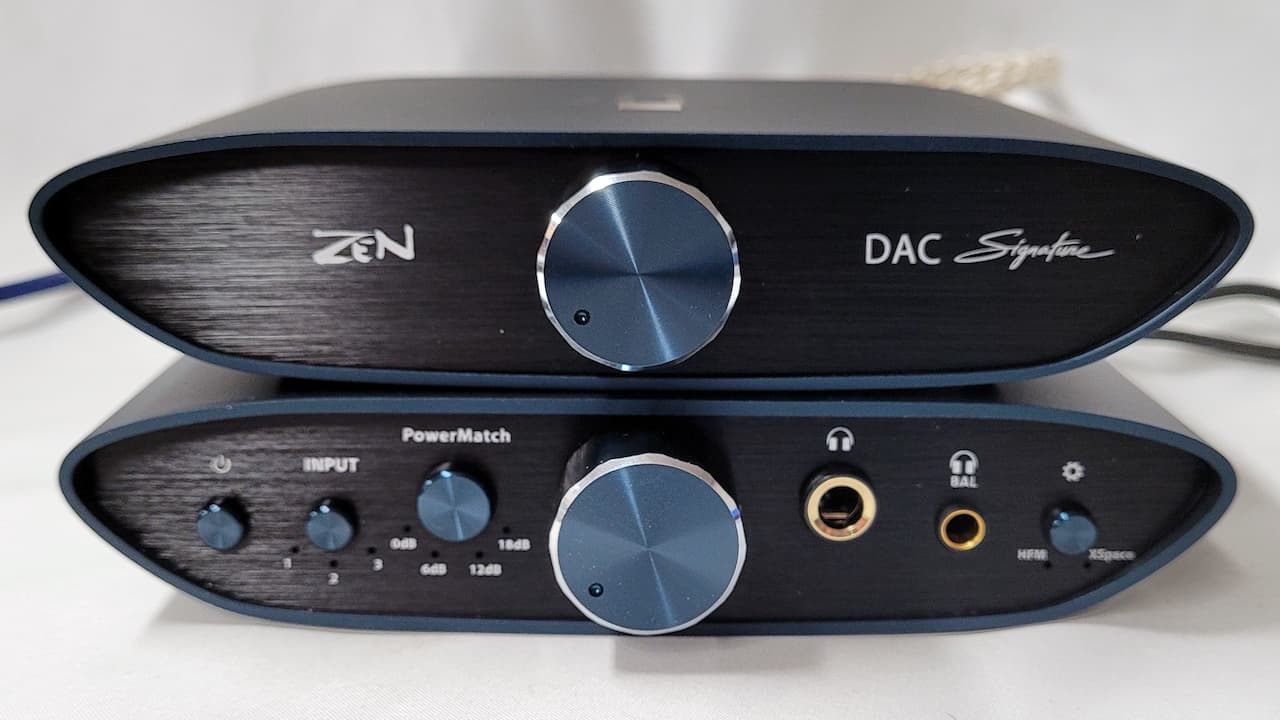





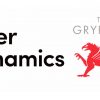






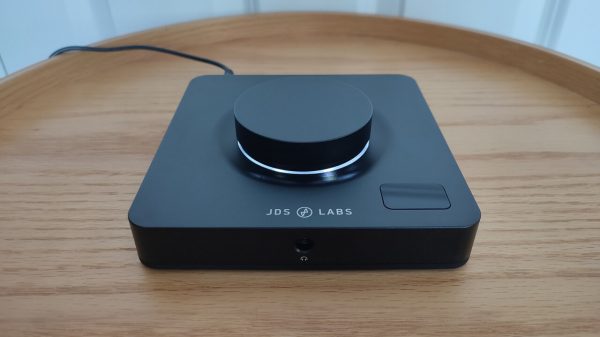


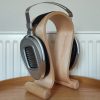
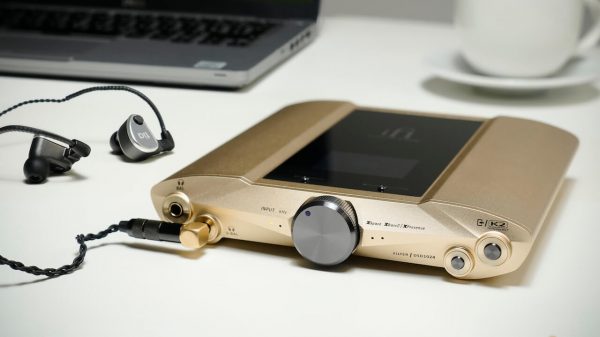
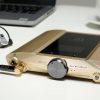



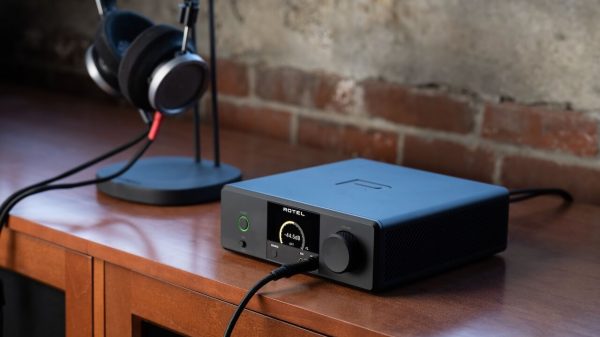
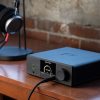
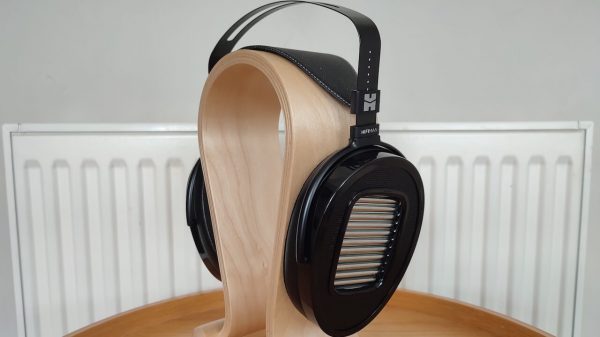













Steve H
February 20, 2022 at 4:47 pm
Will, I must ask are these designers better qualified than Amir? It doesn’t seem so. Implementing MQA on an XMOS chip will generally degrade the performance so why do it?
As for their marketing, they had to try something. I’ve seen their financial statements.
Ian White
February 20, 2022 at 8:52 pm
Steve,
If you are going to be a shill for ASR, go someplace else.
Please provide us with the names of Amir’s successful and well-designed audio components.
Best,
Ian White
Tales
December 21, 2022 at 6:07 pm
Does Amir have ears?
An audio gear is suppose to produce great sound, what we only can feel and understand by listening to it!
Everything else is only numbers and graphs, I can’t heard them!
Tales